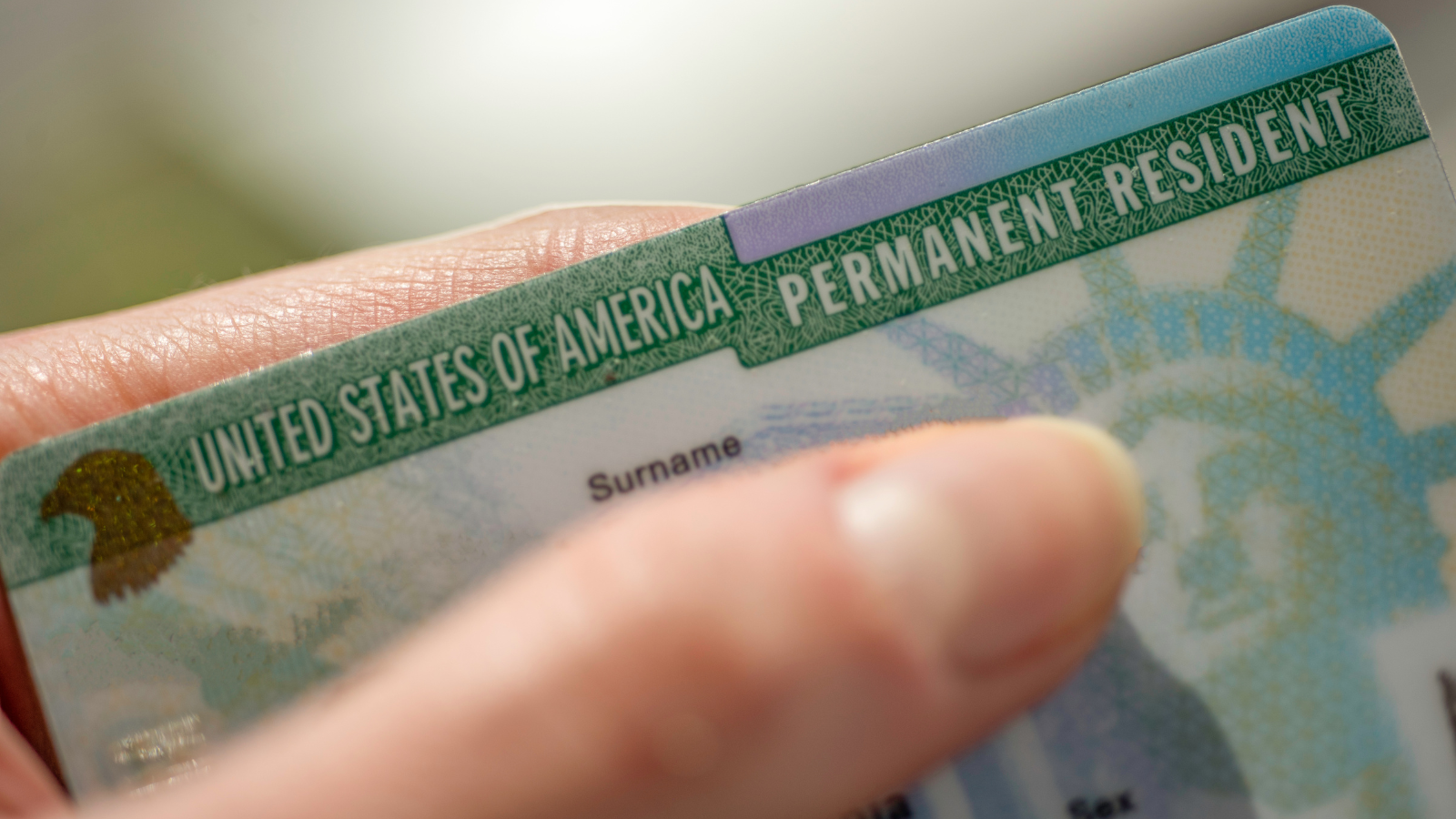
“I am a green card holder. Can I petition for my sister/brother/parent to get his or her green card?”
“I want to petition for my niece/nephew. Can I do that?”
These are some of the types of questions I often get. This blog post will answer those questions.
Whether you are a U.S. citizen or a Green Card holder, you go through the same process to help your relative have legal residence in the United States. You start by filing Form I-130, Petition for Alien Relative. Although the petition is described in more detail elsewhere, know that you will need evidence such as (1) proof that you’re a permanent resident or U.S. citizen, and (2) evidence of your family relationship with your relative.
Immediate Relatives
The petition process is often simpler for immediate relatives of U.S. citizens and visas are always available for them. Normally, the U.S. has an annual cap of 480,000 immigrant visas. This annual cap does not apply to immediate relatives. Immediate relatives are defined for immigration purposes as:
Preference Categories
If your family member is not an immediate relative, then they may fall under a preference category. Preference categories organize relatives by type and come with their own criteria. The annual limit on visas applies to those in preference categories and varies from year to year. The processing time for your petition also varies based on which USCIS service center is handling your case. If the number of visas available is less than the number of qualifying applicants, then there may be an additional wait time. Each preference category’s makeup, and the number of annual visas are provided below.
NOTE: You cannot sponsor grandchildren, nieces or nephews, in-laws, or cousins for immigration.
Priority Dates and Wait Time
One way to determine your wait time with more accuracy is to see where your priority date falls on the visa bulletin. Your priority date is the date your petition is properly filed with USCIS and is used to determine visa availability. You could call it your place in line. Properly filed means you filled in everything you needed to and paid the processing fee. You can use your priority date to make a closer estimation of your wait time by following the process below:
The visa bulletin has a table with each preference category under final action dates. The final action date is the priority date of the first applicant who could not be reached within the annual limit for that category. If your priority date is before the final action date, then a visa is available for your relative.
For example, let’s say you are a U.S. citizen who properly filed a petition for your married daughter on March 3, 2018. This means your daughter’s preference category is Third Preference (F3). You look up the visa bulletin for July 2018 and see the final action date for Third Preference is May 1, 2006. Because your priority date (March 3, 2018) is later than the final action date, a visa for your married daughter is not available yet.
One important thing to keep in mind is that the visa bulletin does not always necessarily move forward each month. Sometimes it can retrogress, meaning that the final action date can move backward. Using the example above, if the July 2018 visa bulletin says that the final action date for the F3 category is May 1, 2006, it is possible that in September 2018, the final action date could change to May 1, 2004, which extends the waiting period even longer.
Who A U.S. Citizen Can Petition For
U.S. citizens can help a variety of relatives obtain visas or Green Cards. Depending on the type of relative, a preference category may apply. The list of relatives includes:
Who A Green Card Holder Can Petition For
Green Card holders or lawful permanent residents also can petition for several relatives. None of these relatives are immediate relatives, so a preference category applies in each case. The list includes:
Green Card holders may not petition for siblings, parents, fiancé(e), or their married sons or daughters. The last item in that list may be the most surprising. Currently, there is not a preference category for a married son or daughter of a Green Card holder. You must wait until you are a U.S. citizen to petition for your married son or daughter, or, if possible, ask your son or daughter to wait until after they receive a Green Card to get married.
To find the visa bulletin click here. https://travel.state.gov/content/travel/en/legal/visa-law0/visa-bulletin.html






